Unknown Shrub/Small Tree
shankins123
10 years ago
Related Stories

TREESHow to Buy Healthy Trees and Shrubs
A healthy young plant with a strong form is more likely to do well in your yard. Here’s what to look for at the nursery
Full Story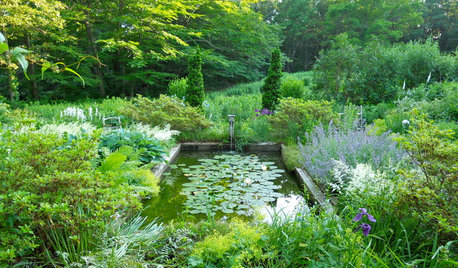
PLANTING IDEAS5 Reasons to Bring Shrubs Into the Flower Garden
Mix up the garden experience and let the flowers and shrubs play together
Full Story
GARDENING GUIDES8 Native Shrubs for Year-Round Bird Feeding
It’s not just about berries. These plants provide insects for birds and seasonal interest for gardeners
Full Story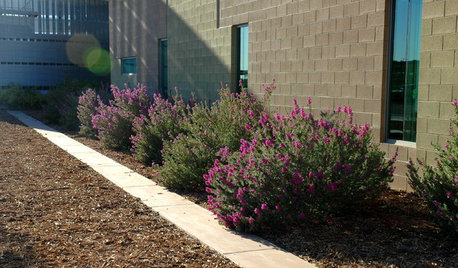
GARDENING GUIDESHow to Avoid Overcrowded, Overpruned Shrubs
Go for a more natural look that’s easier and less expensive to maintain by giving your plants the right amount of growing room
Full Story
FALL GARDENING9 Deer-Resistant Flowering Shrubs to Plant This Fall
These exquisite shrubs will attract your attention but won’t tempt the deer that roam your neighborhood at night
Full Story
GARDENING GUIDES8 Deer-Resistant Elegant Evergreen Shrubs to Plant This Fall
Who knew that such beautiful shrubs could be deer-resistant?
Full Story
GARDENING GUIDES10 Drought-Tolerant Shrubs That Thrive in Full Sun and Reflected Heat
Got a hot spot in your garden where plants often die? Try these tough shrubs that add beauty while shrugging off the heat
Full Story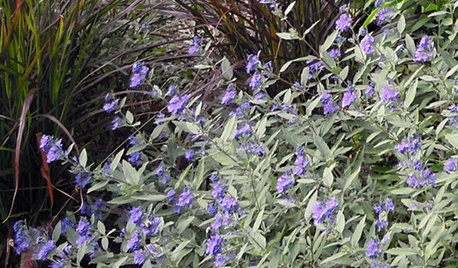
SHRUBS5 Glorious Late-Season Shrubs
Spilling over with berries or bursting with blooms, these stunning underused shrubs keep the garden party going through fall
Full Story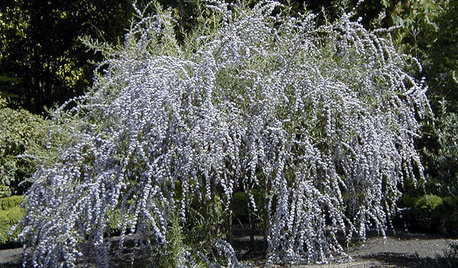
GARDENING AND LANDSCAPINGVase Shapes Set Shrubs Apart
Billowing on top and slender on the bottom, shrubs in a vase shape showcase blooms and foliage to perfection in the landscape
Full Story
GARDENING GUIDESPrunus Virginiana Thrives Under Deciduous Trees
Plant chokecherry for showy white flowers favored by native bees in spring, and to provide nesting habitat and food for birds
Full Story






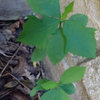
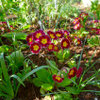


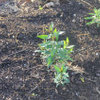
shankins123Original Author
shankins123Original Author
Related Professionals
Surprise Landscape Architects & Landscape Designers · Citrus Heights Landscape Architects & Landscape Designers · Marco Island Landscape Architects & Landscape Designers · Owings Mills Landscape Architects & Landscape Designers · Tempe Landscape Contractors · Coram Landscape Contractors · Doctor Phillips Landscape Contractors · Gloucester Landscape Contractors · Rochester Landscape Contractors · Saint John Landscape Contractors · St. Louis Landscape Contractors · Streamwood Landscape Contractors · Welby Landscape Contractors · West Haverstraw Landscape Contractors · Rolling Meadows Stone, Pavers & Concretesaltcedar
saltcedar
Iris GW
carol23_gw
Embothrium
saltcedar
Iris GW
shankins123Original Author
User
shankins123Original Author
Embothrium
carol23_gw
carol23_gw
saltcedar
carol23_gw
RugbyHukr
carol23_gw
shankins123Original Author
saltcedar
carol23_gw
Iris GW
saltcedar
shankins123Original Author
RugbyHukr
shankins123Original Author
shankins123Original Author